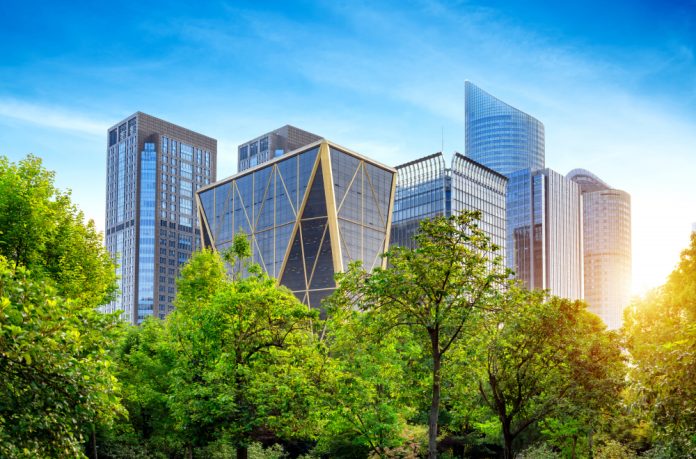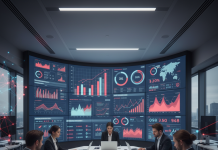India’s real estate sector is at a turning point. With growing awareness about climate change and rising energy costs, sustainable construction is no longer optional — it’s essential. Green buildings, which use less water, optimize energy efficiency, conserve natural resources, and generate less waste, are becoming mainstream in the Indian real estate landscape.
Organizations like CREDAI and the FICCI Real Estate Committee are leading the charge in pushing for sustainability in construction. They are actively working with developers, policy-makers, and environmental experts to create standards and practices that promote eco-friendly development. Their advocacy has played a key role in mainstreaming green construction.
What Makes a Building Green? Green buildings are evaluated based on certifications such as IGBC (Indian Green Building Council), GRIHA (Green Rating for Integrated Habitat Assessment), and LEED (Leadership in Energy and Environmental Design).
These frameworks assess buildings on factors like energy use, water efficiency, materials used, and indoor environmental quality.
The adoption of these standards is growing fast. According to the IGBC, India has over 10 billion square feet of green building footprint as of 2023, making it one of the top countries globally in terms of certified green space. This is a strong indicator that developers and investors are seeing long-term value in sustainability.
Benefits for Developers and Buyers Sustainable construction brings clear benefits. For developers, it means reduced operating costs, higher market value, and improved brand reputation. For buyers, green buildings offer lower utility bills, better air quality, and increased comfort.
The shift toward sustainability also aligns with evolving consumer expectations. Younger homebuyers are actively looking for energy-efficient homes and are willing to pay a premium for eco-conscious living. This change in demand is pushing developers to incorporate sustainable practices early in the planning phase.
CREDAI and FICCI’s Role CREDAI has launched several green initiatives such as training programs for developers and partnerships with sustainability experts. FICCI’s Real Estate Committee has published whitepapers on sustainable development and regularly engages with government bodies to promote incentives for green construction.
These industry bodies are also encouraging the use of sustainable materials like fly ash bricks, solar panels, low-VOC paints, and rainwater harvesting systems. Their leadership is helping developers embrace green innovation without compromising on functionality or aesthetics.
Challenges and Opportunities Despite progress, challenges remain. Higher initial costs, lack of awareness in tier-2 and tier-3 cities, and a limited supply of certified green materials are some hurdles. However, government incentives like reduced property taxes for certified buildings and faster environmental clearances are helping bridge the gap.
Looking ahead, the integration of sustainability into mainstream real estate development will be crucial. Developers who adopt green standards early will be better positioned to meet future regulations and growing market demand.
Green construction isn’t just a trend — it’s the future of real estate in India. With the support of industry leaders like CREDAI and FICCI, the sector is poised for a greener, more sustainable transformation.











